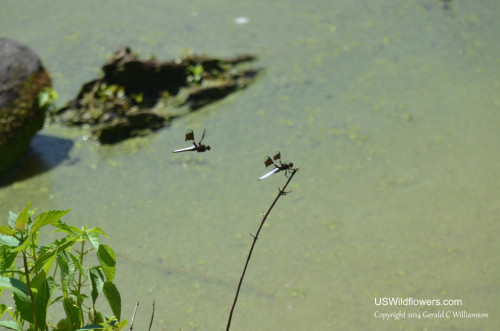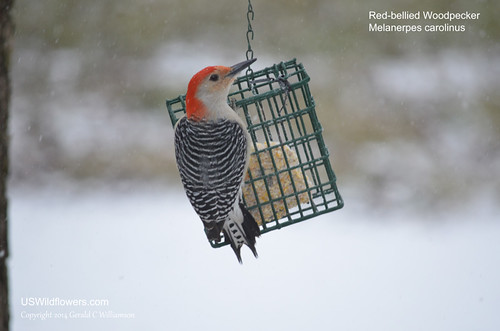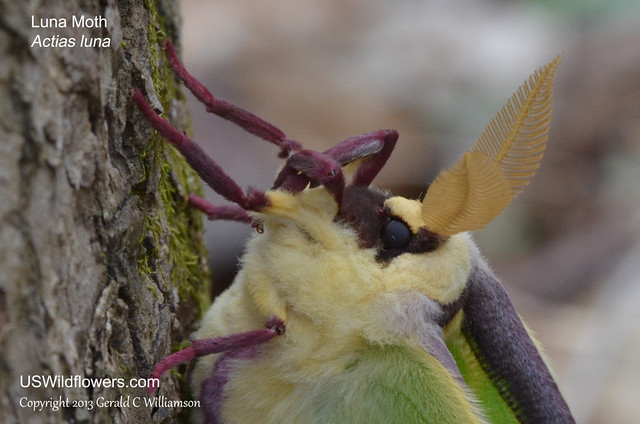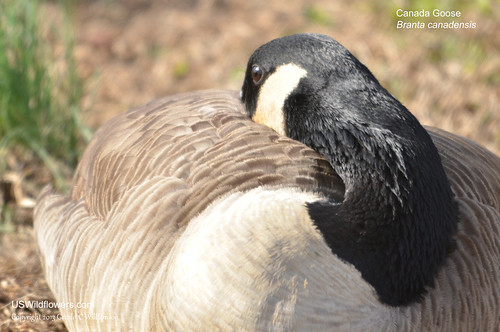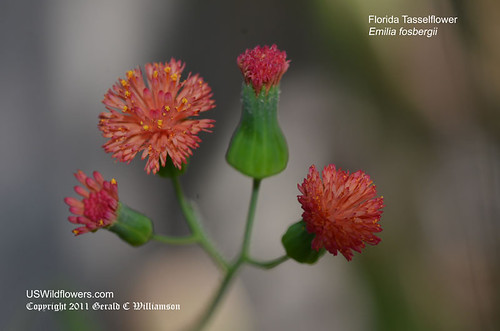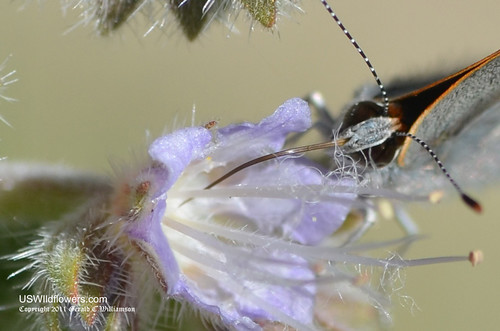When Europeans discovered North America, the Eastern Elk inhabited the eastern part of the continent in large numbers, including the Appalachian Mountains. By the late 1800’s, the Eastern Elk subspecies of Cervus elaphus (sometimes classified as Cervus canadensis) had been hunted to extinction. In 2001, after more than 120 years of absence, the National Park Service reintroduced Elk (Rocky Mountain subspecies) to the Great Smoky Mountains National Park as an experiment. The experiment has been successful, and the elk are now well-established and have become a great attraction for visitors to the Cataloochee area of the Smokies.
On Monday of this week (08/01/2011) my wife and I drove the stretch of the Blue Ridge Parkway from Balsam Gap outside of Waynesville, NC, to Cherokee. The wildflowers were great, including some “lifers” for us like Yellow Fringed Orchid, Fly Poison, and Lion’s Foot, which you’ll be seeing on these pages in the future. We took a side trip up Heintooga Ridge Road to check out the Balsam Mountain Campground. The Heintooga Ridge runs along the southwestern end of the Cataloochee area where the elk are located, and Cindy and I had commented that we’d need to get over to Cataloochee someday to see the elk. All of a sudden as we rounded a curve there were two elk standing in the road! I quickly stopped and grabbed a couple of photos through the window as this fellow posed for us as he ambled off along the side of the road.

Elk in the Smokies - Cervus elaphus
Thank you, Lord, for a great day with my wife, wildflowers, and wildlife!


